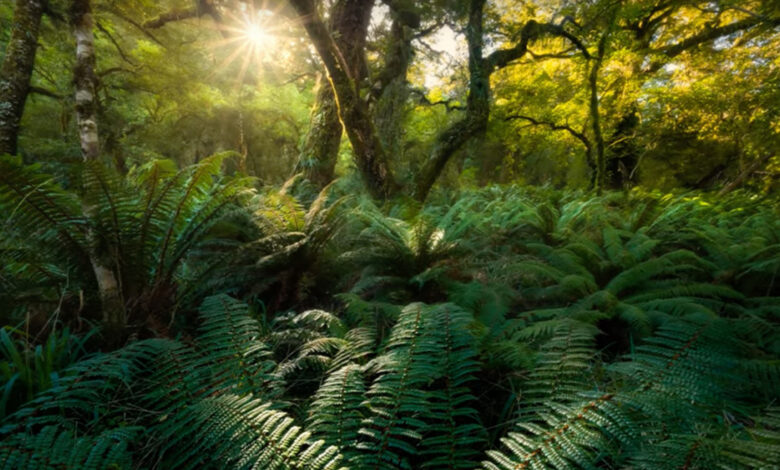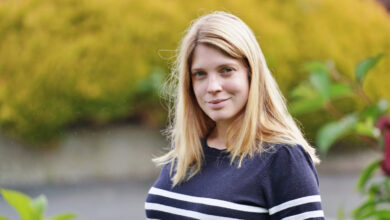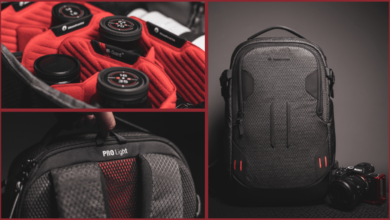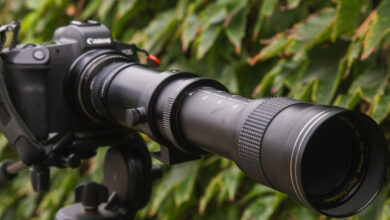A simple workflow for better landscape photo editing

Many photographers find editing frustrating, especially when they’re focused on taking the photo rather than improving it later. However, mastering a solid editing process can dramatically improve the quality of your work, giving your photos the polish they need to stand out.
Coming to you from William PatinoThis insightful video offers a simple approach to post-production, which is especially helpful if you’re just starting out or feeling stuck. Patino explains that there are two common scenarios: either you have too much knowledge and overcomplicate things, or you do the bare minimum to get by. His advice provides a simple workflow that applies to both extremes, making it easy to achieve professional-looking results without feeling overwhelmed.
Patino introduces a practical method he calls LCL, which stands for Light, Color, and Local Adjustment. These three steps form the backbone of his editing process. He demonstrates this with a photo of a forest, breaking down each stage. For Light, it’s all about adjusting exposure, recovering highlights, and bringing out details in the shadows. Patino emphasizes the importance of reading the histogram and making sure the image’s tones are balanced before moving on. His demonstration shows that focusing on light can dramatically change the feel of an image, brightening dark areas or softening harsh highlights.
Next up is color, and Patino keeps things simple. He shows you how to adjust color profiles and tweak saturation, vibrance, and white balance. In his example, a slight cooling of the image helps create the right atmosphere for the forest scene, but these adjustments are very much dependent on the mood you’re going for. One of the most helpful tips Patino shares is to use vibrance instead of saturation, which affects midtones more subtly and can create a more natural-looking image.
Local adjustments are the final step, and Patino demonstrates how using the brush tool to target specific areas of the image can refine the overall look. Whether it’s brightening a specific section or highlighting subtle details, these local tweaks help guide the viewer’s eye through the frame. He explains how to use a soft brush for smoother transitions, which is essential for creating a polished, professional look.
Patino’s process isn’t about making post-processing a burden, but instead providing a manageable method that can simplify your workflow. His advice to let your edits “marinate” is especially valuable. By returning to your images after a break, you can spot small adjustments that can improve the final result. This technique ensures that you don’t rush the process and that each image gets the attention it deserves. Check out the video above for Patino’s full rundown.




